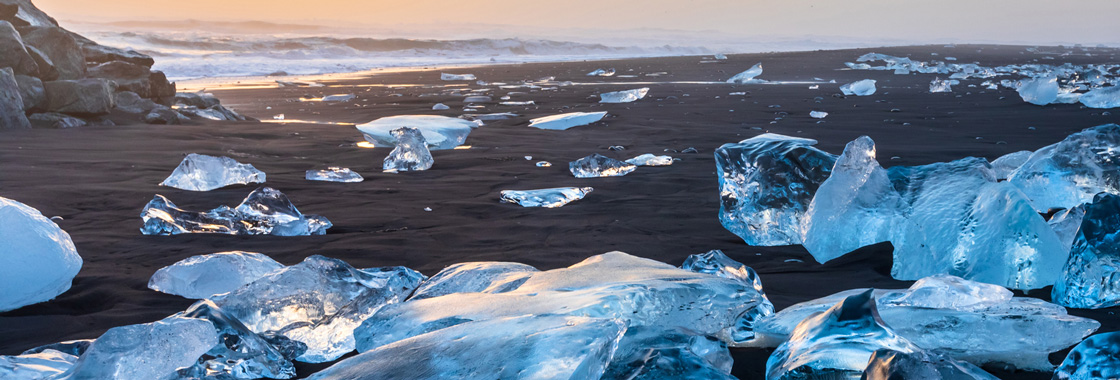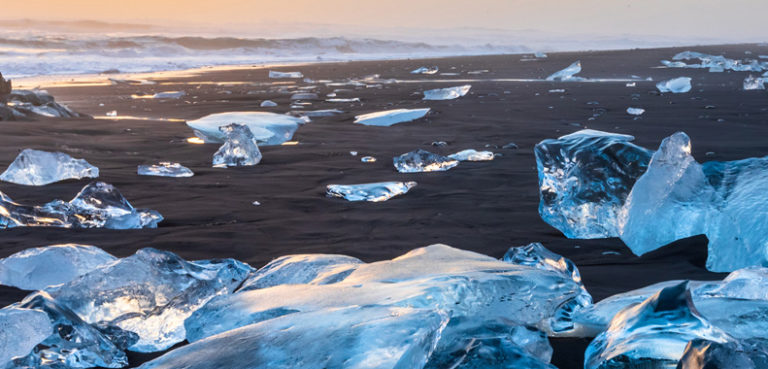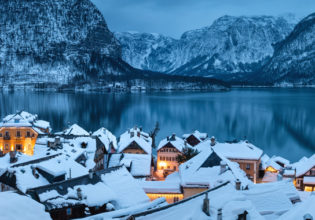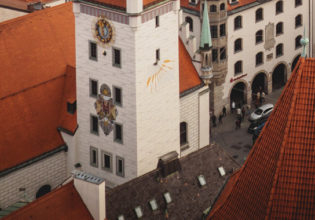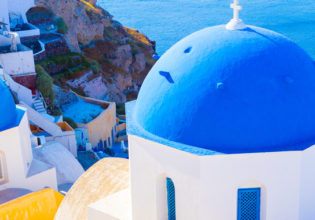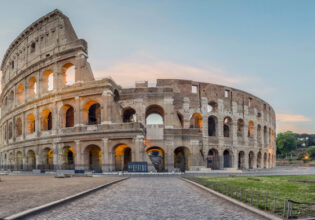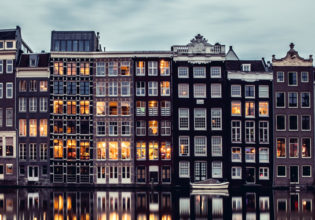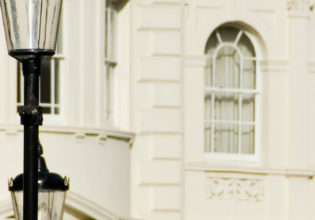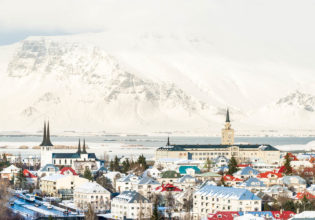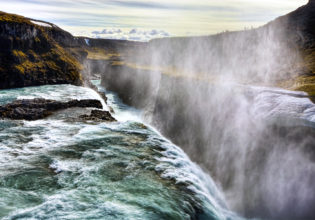Bewitchingly beautiful, yet volatile and unpredictable, Iceland is one of planet Earth’s most captivating destinations. Welcome to our Iceland travel guide.
Anchored in the Atlantic Ocean, where the North American tectonic plate drifts apart from its Eurasian cousin, the Land of Fire and Ice lures tourists with its astonishing volcanic scenery, exhilarating adventures and otherworldly natural phenomena.
Nudging the Arctic Circle, Iceland has two peak seasons for visiting; high summer (June to August), when the midnight sun shines and dazzles, and winter (October to March), when the Northern Lights cast their eerie, magical spell over an island that was first settled by the Vikings in AD870.
For all its breathtakingly dramatic sights, one of the best things about Iceland, whatever the time of year, is its pocket-sized capital, Reykjavík.
Cosy, creative and caffeine-fuelled, Reykjavík is both an absorbing base and a springboard for exploring this thrillingly unique country.
Melding distinctive Nordic flavours with cutting-edge cosmopolitan influences, Reykjavík might well be Europe’s quirkiest little capital.
Talented street artists and sculptors work their magic across the city, while galleries and museums expose Iceland’s 1200-year-old history, charting its development from isolated Viking outpost to one of the globe’s wealthiest countries.
The Saga Museum brings to life the famed Icelandic sagas (Game of Thrones-esque medieval tales bustling with heroes, villains and bloody battles). Audio-visual exhibitions show the 2010 eruption of the iced Eyjafjallajökull volcano (whose ash clouds caused the shutdown of Europe’s airspace).
Another crowd-puller, Aurora Reykjavík, recreates the awe-inspiring majesty of the Northern Lights using HD projection.
Starting and finishing in Reykjavík, the Golden Circle tour is a tantalising taster of an island that’s a touch bigger than Tasmania.
This gives you the chance to traverse a 300-kilometre loop, which flaunts some of the country’s finest UNESCO World Heritage-listed territory.
The Golden Circle’s major highlights are Gullfoss (a thunderous, frequently rainbow-tinged waterfall) and the sulphur-scented fields of Geysir where Strokkur, one of the world’s most active geysers, spews up to 30 metres high every 10 minutes.
Also on this day tour, you’ll spot snug, witch-hat shaped churches sprouting from lush green meadows and galloping pure-breed Icelandic horses.
The tour also visits the Icelandic rift valley, where the two tectonic plates separate, and Thingvellir National Park, where the Vikings built the country’s first parliament.
Depending on how much time you have, consider a self-drive tour or a round-island coach trip. Covering Iceland’s extraordinary deluge of lakes, fjords, waterfalls, temperamental volcanoes, lava fields and hot springs plus centuries-old farms, far-flung fishing villages and folkloric traditions, tours usually last between five and eight days.
One highlight is snowmobiling through Vatnajökull National Park, which is home to Europe’s largest glacier, and doubled up as Siberia during the opening sequence of the 1985 Bond film A View to A Kill.
You mustn’t leave Iceland without taking a dip in a thermal spring. Public baths are dotted around Reykjavík, with the Laugardalslaug spa a particular favourite with locals.
The most alluring for tourists, however, is the Blue Lagoon. Hidden amid crinkly lava fields 50 kilometres from the capital, this deluxe spa is one of Iceland’s most iconic attractions.
Its milky blue, mineral-rich waters – heated at around 38 degrees Celsius – are a treat to bask in, while its location just a 20-minute drive from Iceland’s international airport makes it the ideal farewell gift.
